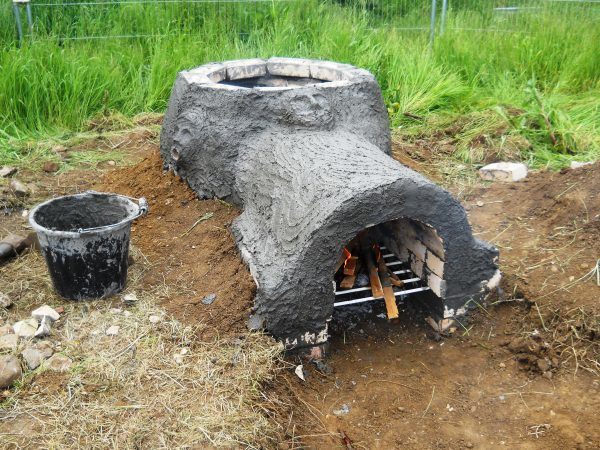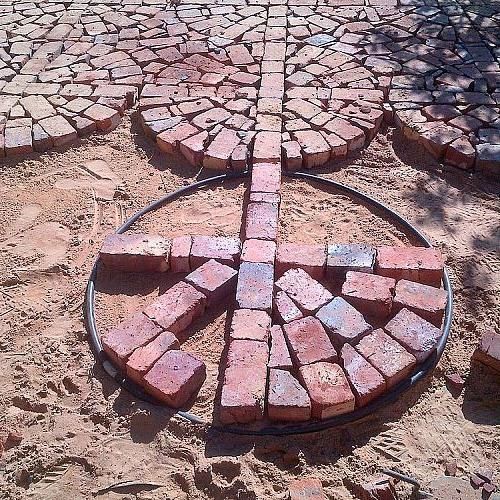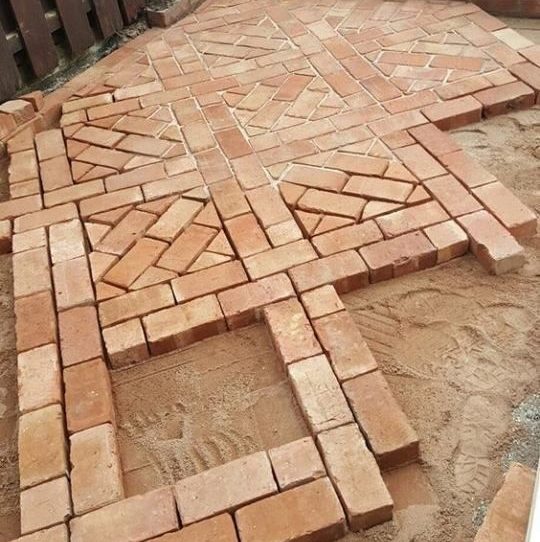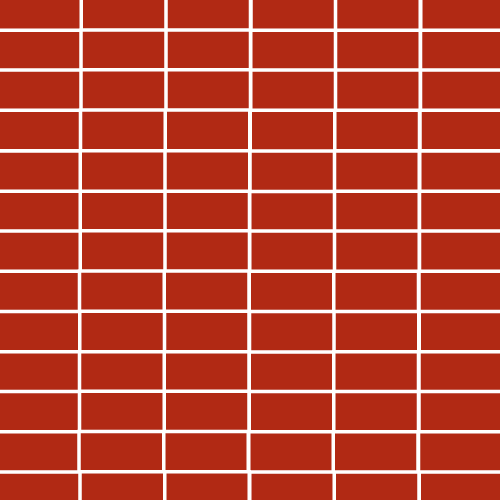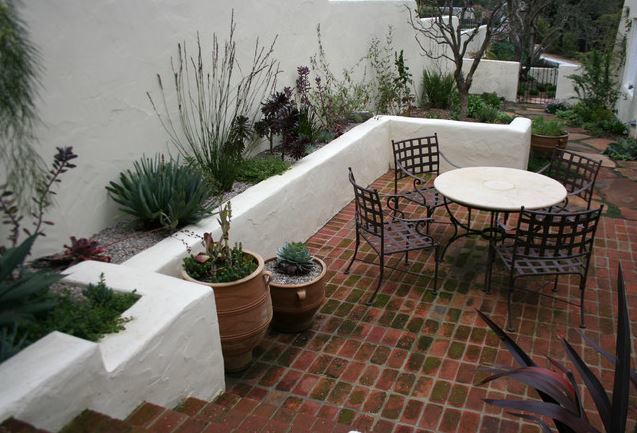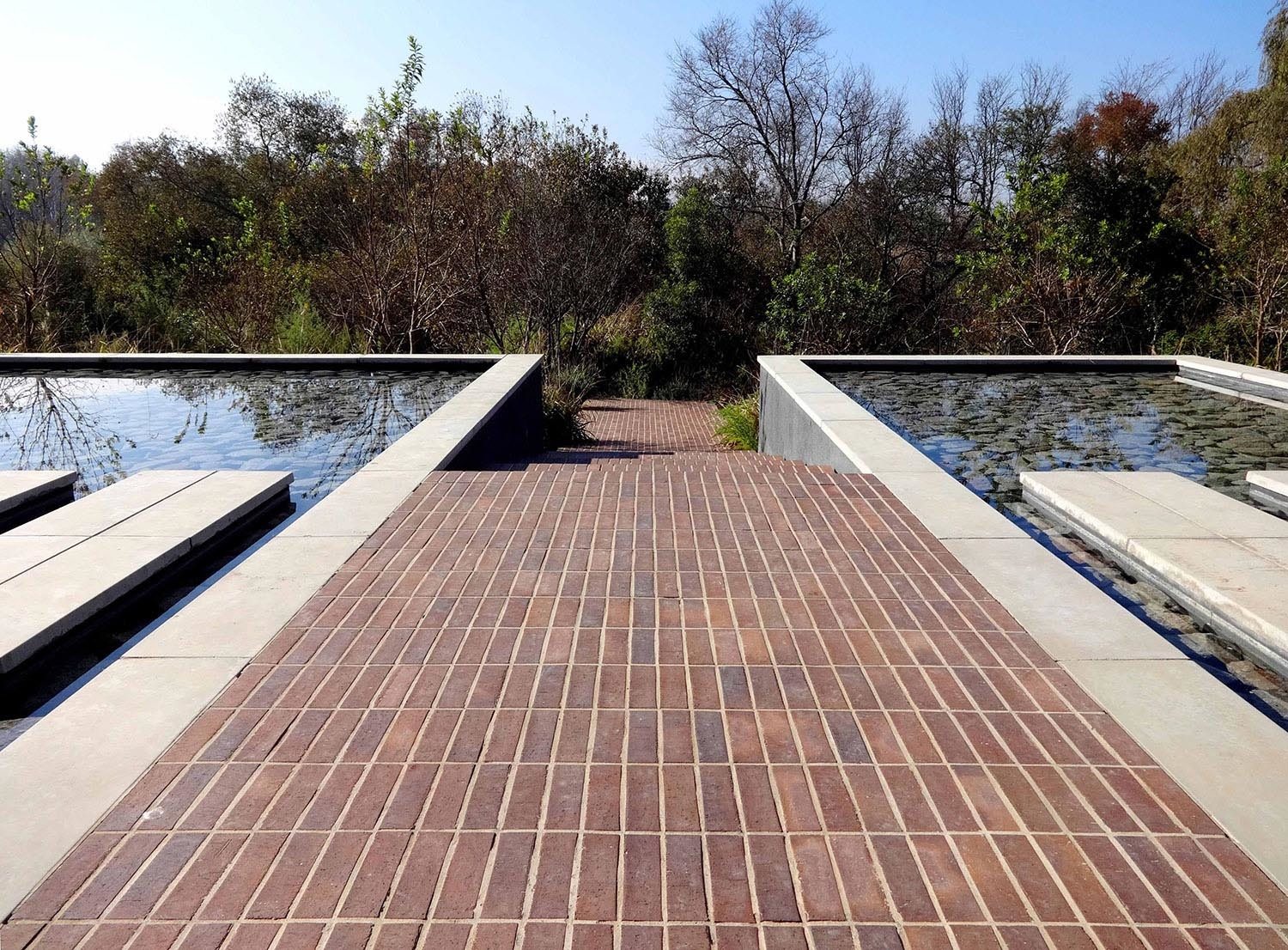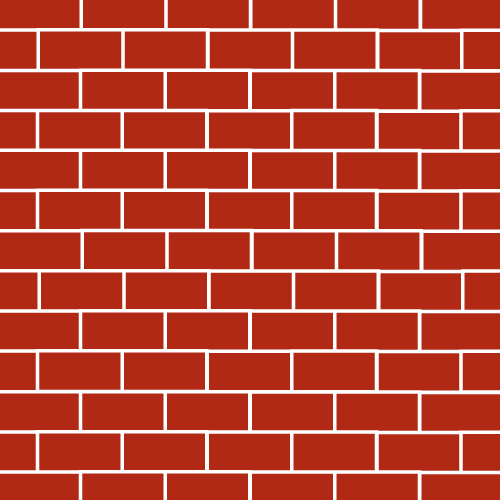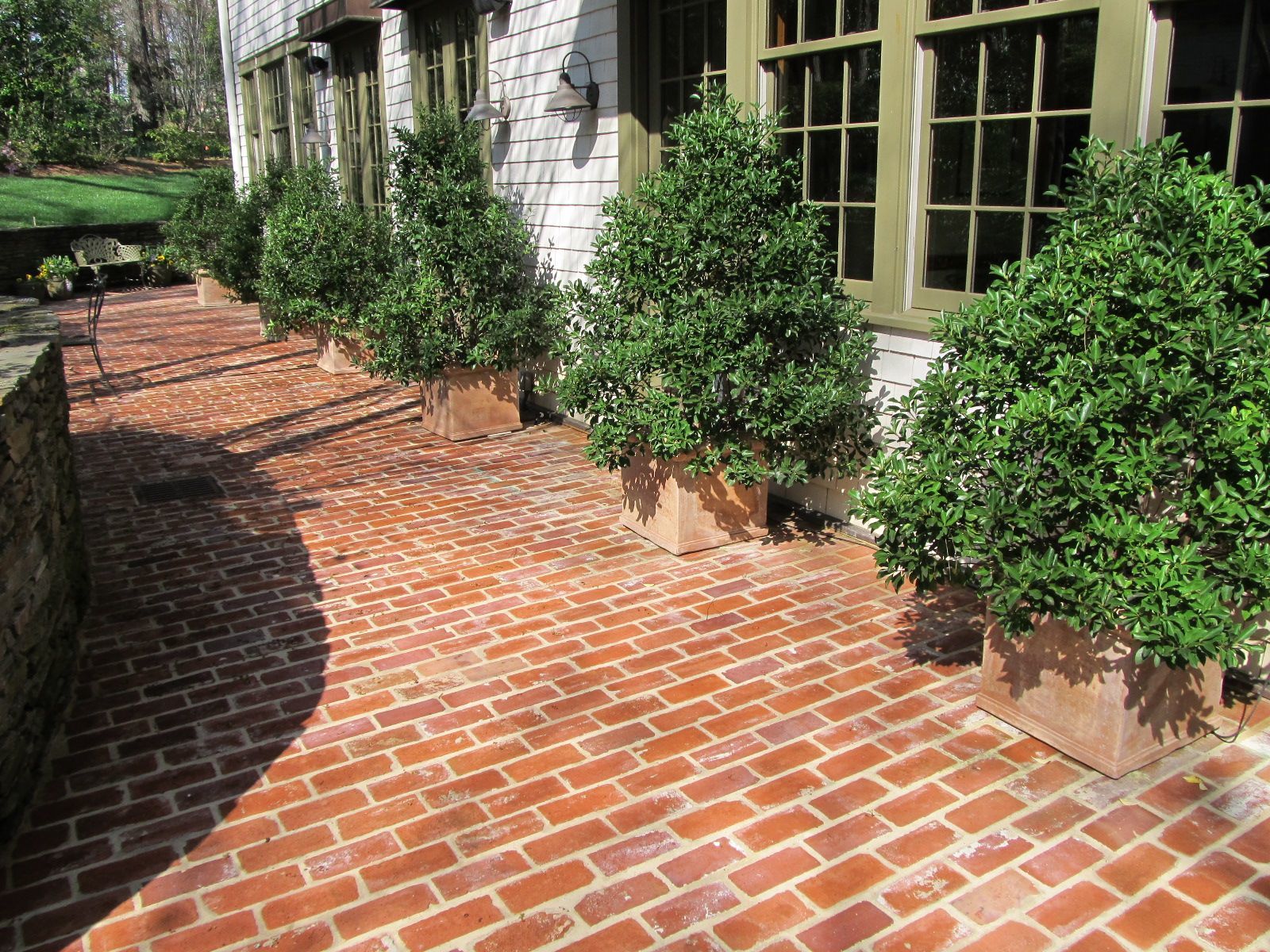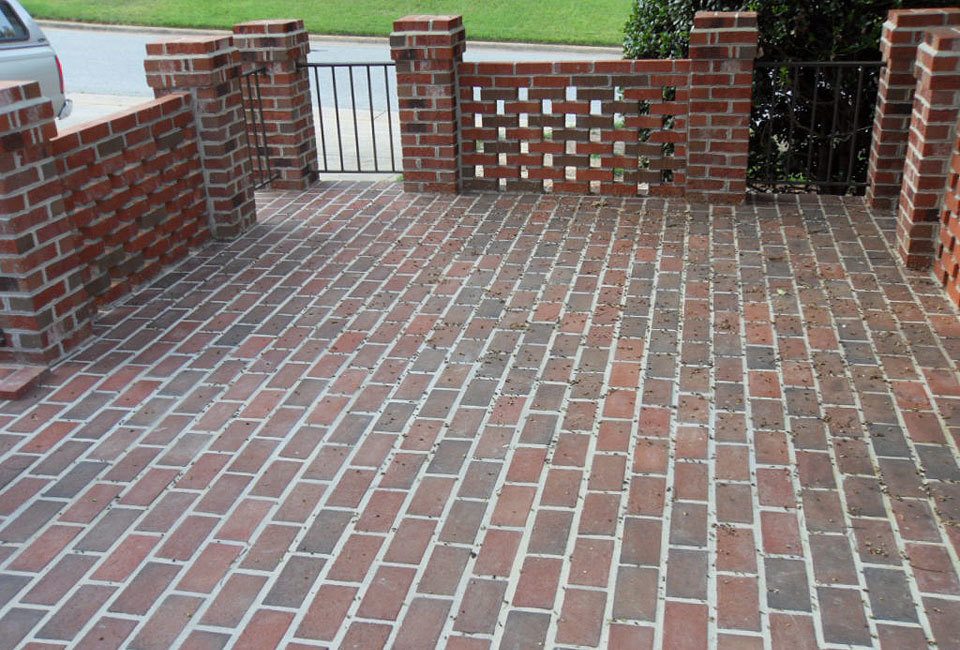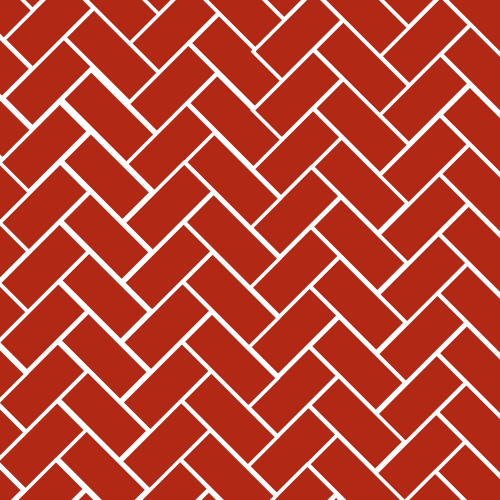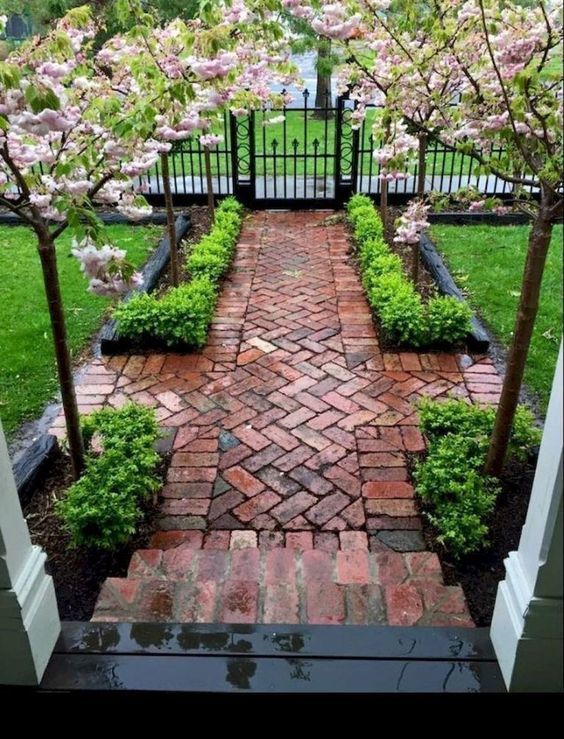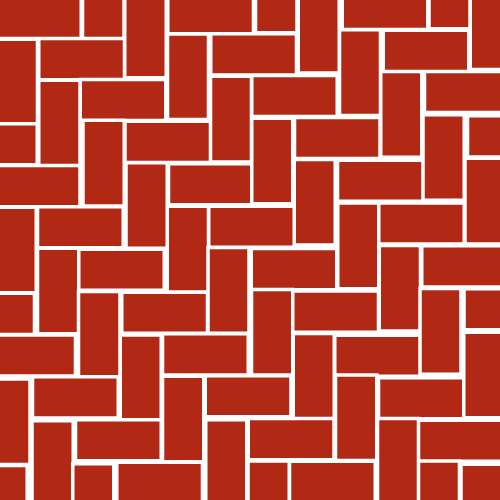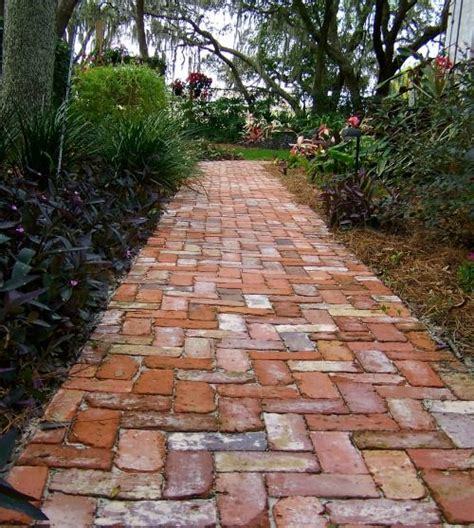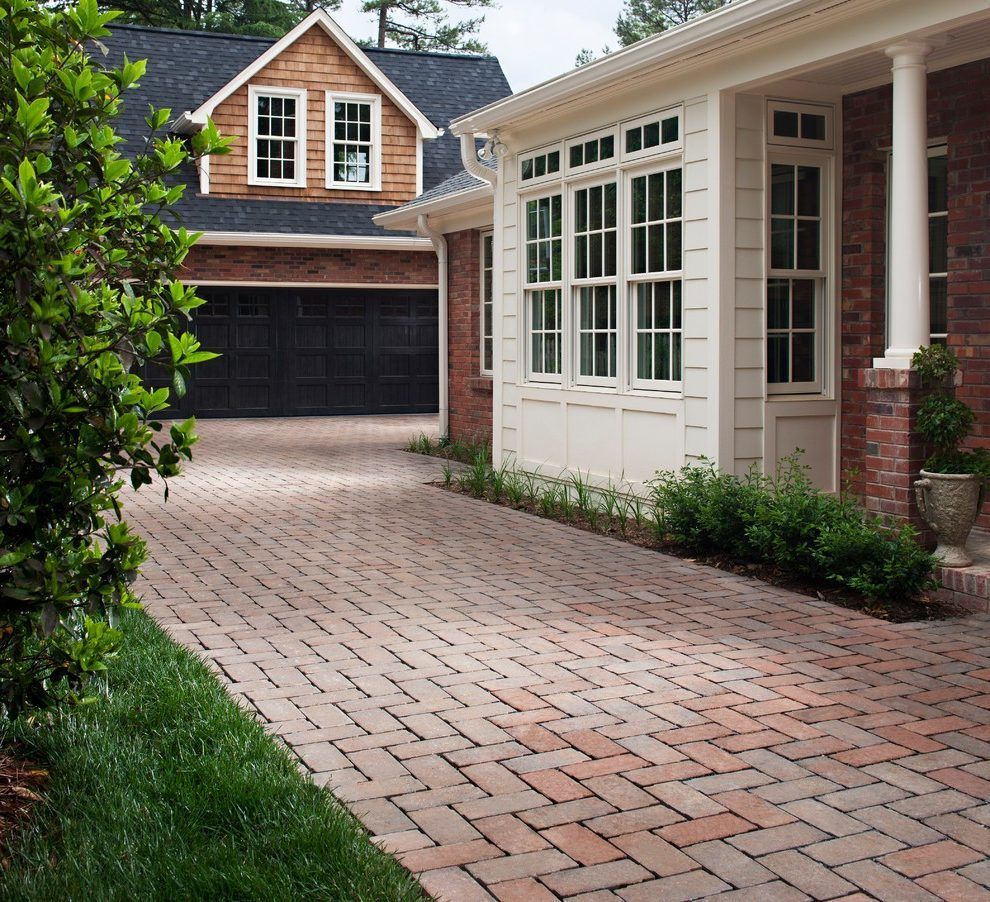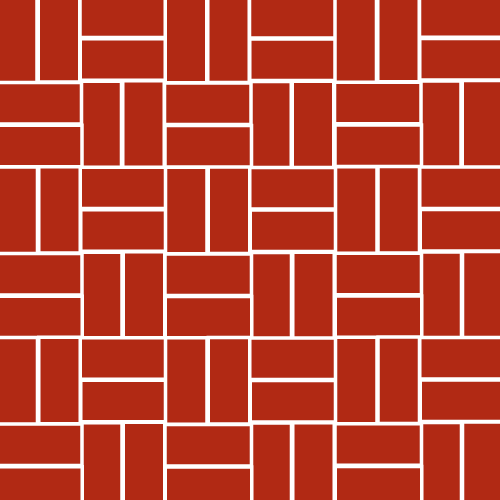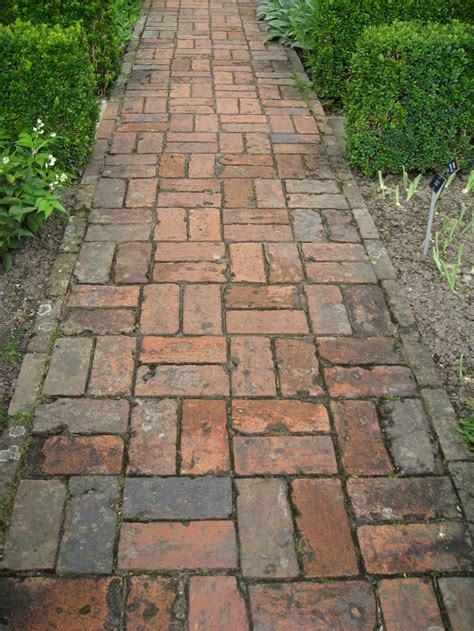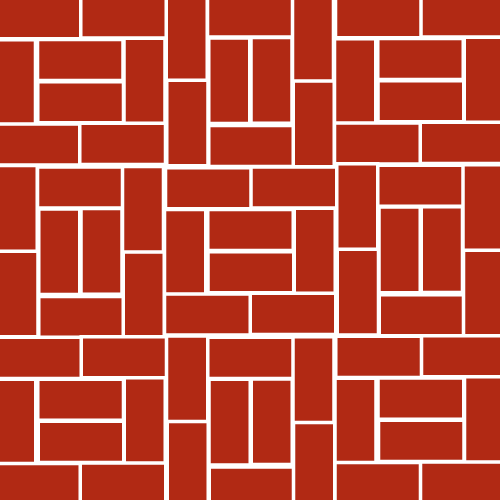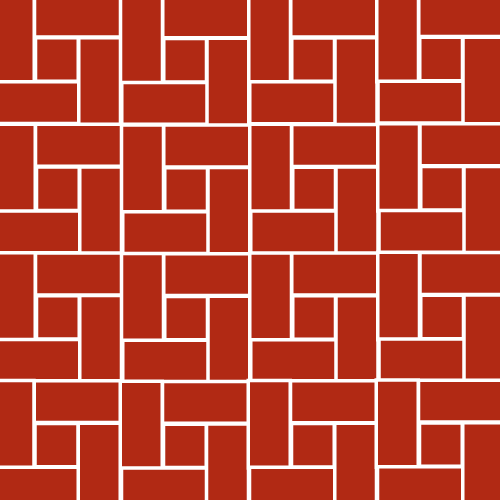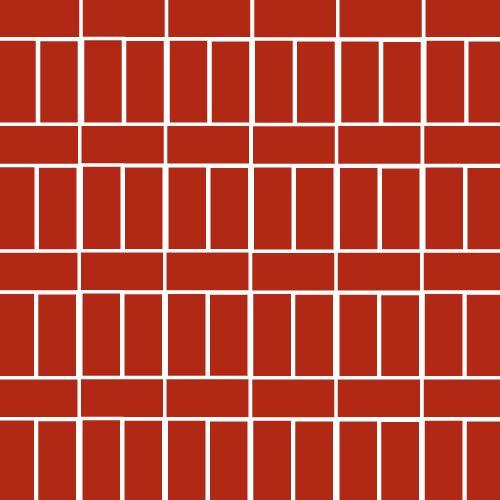It is funny when you sit down to write an article on pavers and realise that there is too much information to do just one article.
It will have to be two, because one has to be about the ideas of using pavers and the other to talk about how to actually lay them, as a lot of our customers will want to do this themselves.
But then you realise that the most basic paver is a brick and that many of you want to know about brick paver patterns—so it ends up being three articles.
Today's article is about bricks and how to use them to create brick paving patterns, but soon I will tackle the others—I promise!
More...
A Very Brief History Of The Bricks
6500 years ago in the area we now call Turkey, humans started making bricks from clay and straw and then adding water to make a slurry.
They used this slurry to fill moulds and left them to dry out in the sun. The brick we use today comes from the Roman empire 3500 years ago.
Moreover, they were the first ones that worked out if you "fired the brick" in a kiln—which set the clay and made the brick last a long time, preventing cracking and crumbling.
This opened up bricks to be used in all climates (not just warm, dry ones) and all sorts of different buildings.
So today we have really nice bricks in all shapes and sizes and they last a long time. You can use bricks that are new or you can use second hand bricks that add a real handcrafted feel to a path or patio.
You can use them as driveway pavers, to build retaining walls, brick walkways, a brick paved driveway or even fire pits.
Brice and Pave - Brick Paving Patterns
So now we have this idea that laying some bricks (new or used) is a thing we want to do.
Well, what brick paver patterns can we use and how hard are they to do?
Below I will outline the basic brick paving patterns and how hard they are to complete for an amateur.
1. Stacked Bond Bricks Paving Pattern
"Stacked Bond" or sometimes called "Jack-on-Jack" is a bold use of brick with a strong visual impact expressed through the vertical layout of this laying method.
It is ideal in a non-structural capacity where it may be used as an interior veneer or as a landscape wall.
You can use them long ways or sideways but longways draw your eye along them, which is a beautiful effect.
The Stacked Bond brick laying pattern can be a fantastic option for those looking for stunning brick pathway patterns for their paths or patios—but using this brick layout in walls and driveways has some implications.
Also, the load-bearing capacity of stack-bonded walls is reduced significantly in comparison to a running bonded wall due to the vertical alignment of mortar joints making them a better option for a brick walkway or paved driveway.
Hence, the most likely location of cracking is in the vertical mortar joint. As such, consideration should be made towards the use of an added structure or tie backs to increase the load bearing capacity of stack bonded walls.
2. Running Bond Bricks Paving Pattern
Sometimes also called "Subway Tile" or "Offset", the running bond pattern is one of the simplest and most common brick patterns. Bricks are laid end to end in a straight line and rows are staggered. This pattern accommodates slight curves easily and is an excellent choice a brick paved driveway, pathways and patios.
Running bond patterns are a great choice for the DIY bricklayer looking for easy home designs because there’s very minimal cutting required—the only cuts needed are right-angle cuts on the bricks at the very edges of the pattern.
Furthermore, running bond patterns can be rotated 45 degrees (we then call it "Diagonal running bond") to add a different twist to it.
3. The 45 Degree Herringbone Bricks Paving Pattern
The herringbone pattern gets its name from the fact that it resembles fish bones.
In my opinion, this is one of the all-time best patterns for plain bricks. There are two Herringbone brick paver patterns and they are difficult to tell apart.
The first is this 45 degrees one. To identify this one you look at the edge of the path and the bricks will be 45 degrees to the edge, so you will be using triangles to fill in the gaps.
Originally used to pave the streets during the Roman Empire, the Herringbone pattern is one of the oldest brick paving patterns.
A herringbone brick pattern must be laid with precision, but it requires minimal cutting around the edges, making it a manageable, albeit time-consuming, brick pattern for a novice.
4. 90 Degree Herringbone Bricks Paving Pattern
The second Herringbone pattern is the 90 degrees one.
To identify this again you look at the edge. The bricks will be 90 degrees to the edge or flat against it. This looks very nice on straight paths as it forms its own border.
It is simple yet complex enough to make a statement.
You will be able to lay this easily yourself as the only cutting of bricks is into a small square to lift a row up. In my opinion, it’s
worth the effort to make your garden stand out.
Since everything squares up, it looks very formal. Excellent for large open patios and long drives or paths. By adding in a darker colour brick, you can spice this pattern up a lot.
5. Double Basket-weave Brick Laying Pattern
The double basket-weave pattern is essentially composed of pairs of bricks.
Picture a square foot area in which eight bricks are to be laid (two columns and two rows, consisting of four pairs of bricks). This pattern would run as follows, starting from the upper left corner and ending at the lower right:
This ends up with a Pinwheel look in the four squares. Easy as pie. It is also quite a quick lay, perfect for DIY home designs.
Since everything squares up, it looks very formal. Excellent for large open patios and long drives or paths. By adding in a darker colour brick, you can spice this pattern up a lot.
6. Basket-weave Brick Paving Pattern Variations
As with the standard Double Basket-weave, all the variations require no cutting of bricks if you are staying in a square. This makes them easy to install and quick to lay out.
The Single Basket-weave pattern can be identified by the T's formed between each set of three bricks. So starting at the top left we have a Capital T in the white lines between the bricks. Next to that, on the right is an upside-down T and so on.
Boxed Basket-weave surrounds the double bricks in the centre. The double bricks can alternate vertically and horizontally.
The Running Bond And Basket-weave combination on the right works well for driveways and long straight walkways.
7. Three More Brick Patterns
As amazing as this sounds, there are very few photos available on the next three types of brick paver patterns. But all three are good examples of what you can do with a little imagination.
The first one is the Spanish Bond pattern.
It uses a square in the middle and runs four bricks around the outside. This forms a proper pinwheel look and is great for a formal foyer or entryway.
Next, we have the simple Running Bond but this time we have turned it on an angle to make it more interesting. Still fairly simple but a bit more brick cutting is involved in his to make it fit into the boundaries of what you are paving.
Finally, we have the Combination of Stacked Bond and Running Bond. Another clean, simple layout that works well on paths and patios.
So there are my ideas on the basics of using bricks to pave paths, patios and driveways.
I am sure there are some other ideas that I have not shown here, but I can't think of them right now. If you can think of anything new, tell me and I will update this article to include them.
I hope you enjoyed it, so long for now.


